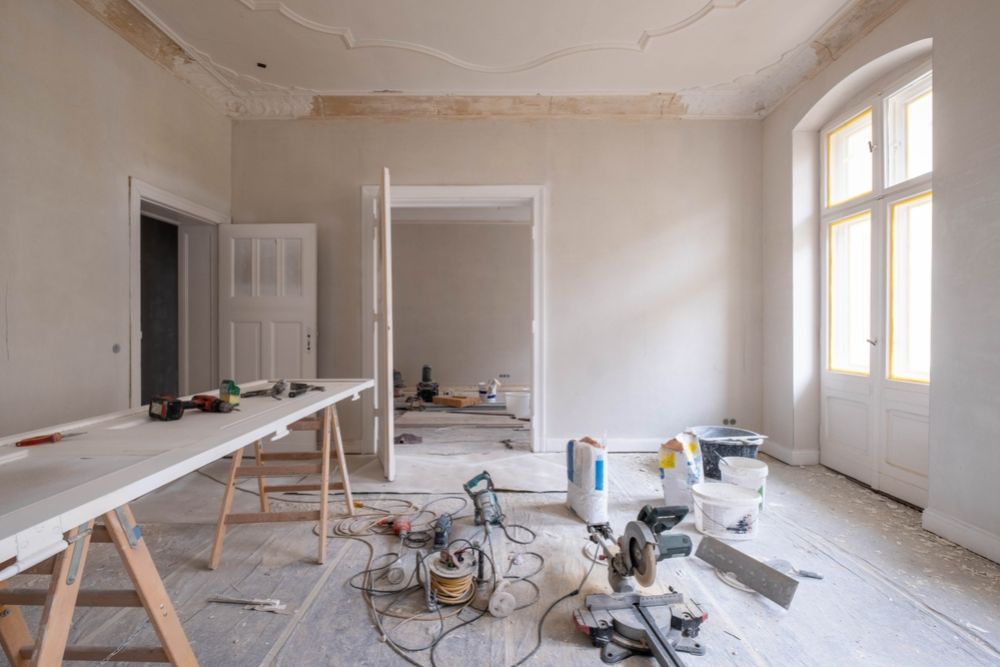For many people, coffee is more than just a morning drink—it’s a ritual, a comfort, and sometimes a small luxury. But when you start to add up the cost of beans, pods, creamers, and fancy gear, even your home-brew habit can chip away at your budget. The good news is that with a few smart changes, you can enjoy high-quality coffee at home without the high costs. Whether you’re a casual drinker or a daily espresso enthusiast, there are simple, satisfying ways to save money on every cup.
Brew Smarter, Not Pricier
You don’t need the latest equipment or expensive beans to make a great cup of coffee.
-
Choose the right brewer: A reliable drip coffee maker, French press, or pour-over setup often delivers just as much flavor as high-end machines.
-
Skip the single-serve pods: While convenient, pods cost significantly more per cup than ground coffee.
-
Calibrate portions: Most people use too much coffee per brew—try experimenting with slightly smaller scoops without losing taste.
-
Use filtered water: Improves flavor, helping cheaper beans taste better.
-
Clean your machine regularly: Residue buildup affects flavor and can shorten your equipment’s lifespan.
Brewing efficiently and maintaining your setup can save hundreds per year without sacrificing quality.
Buy Beans and Grounds in Bulk
Coffee prices per pound drop significantly when you buy larger quantities.
-
Shop warehouse clubs: Stores like Costco or Sam’s Club sell bulk bags of popular roasts at lower prices.
-
Buy whole beans: They last longer and preserve flavor better than pre-ground coffee.
-
Store properly: Keep beans in airtight containers in a cool, dark place to extend freshness.
-
Split bulk bags with friends: Share the cost to avoid stale beans before you finish them.
-
Look for sales and subscriptions: Many roasters offer discounts for repeat customers or auto-delivery.
Bulk buying means fewer trips to the store and more consistent savings over time.
Grind Your Own Coffee
Investing in a small grinder pays for itself quickly.
-
Freshly ground coffee tastes better: This helps even inexpensive beans compete with premium brands.
-
Control your grind size: Tailor texture for espresso, drip, or French press brews for better consistency.
-
Buy unground beans on sale: They’re often cheaper and stay fresh longer.
-
Use a manual grinder: A one-time investment that’s affordable and durable.
-
Experiment with blends: Combine beans to stretch premium roasts without losing flavor.
Grinding your own coffee gives you café-quality results for a fraction of the cost.
Master the Art of Homemade Creamers and Syrups
Those store-bought flavored creamers and coffee syrups add up fast—but making your own is simple and inexpensive.
-
DIY flavored syrup: Combine equal parts sugar and water, then add vanilla, cinnamon, or caramel flavoring.
-
Use milk alternatives creatively: Oat or almond milk can be made at home for far less than store prices.
-
Whip up your own creamer: Mix condensed milk, cream, and your favorite extract for rich flavor.
-
Add spices directly: Sprinkle cinnamon or nutmeg for flavor without the sugar.
-
Store in glass jars: Keep homemade syrups refrigerated for up to two weeks.
Homemade flavorings deliver café-style taste for pennies per serving.
Reuse, Repurpose, and Reduce Waste
Maximizing your coffee’s value means using every part wisely.
-
Reuse grounds in the garden: Coffee grounds make great fertilizer for plants that love acidity.
-
Use for cleaning: Grounds can help scrub pots or deodorize the fridge.
-
Freeze extra coffee: Pour leftovers into ice cube trays for iced coffee without dilution.
ADVERTISEMENT -
Compost spent grounds: Adds nutrients back into your soil.
-
Avoid disposable filters: Invest in a reusable filter or mesh strainer instead.
Small eco-friendly habits can also translate into long-term financial savings.
Make Iced and Specialty Coffees at Home
A single trip to a café for a latte or iced coffee can cost $5–$7—but you can easily recreate it at home.
-
Cold brew in batches: Steep coarse coffee grounds in water overnight for smooth, rich flavor.
-
Use a milk frother: Affordable handheld frothers create creamy foam for lattes or cappuccinos.
-
Add ice strategically: Freeze leftover coffee for iced drinks that don’t water down.
-
Flavor naturally: Use a few drops of vanilla or a sprinkle of cocoa powder instead of expensive syrups.
-
Watch online tutorials: Many baristas share step-by-step guides for homemade café drinks.
Homemade specialty coffees give you that barista-level experience without the coffee shop markup.
Explore Store Brands and Local Roasters
Name brands aren’t the only source of quality coffee.
-
Try supermarket brands: Many store labels are roasted by premium companies but sold for less.
-
Buy from local roasters: Smaller operations often offer better prices on fresher beans.
-
Compare unit pricing: Even among “premium” coffees, per-ounce prices vary widely.
-
Join local coffee clubs: Discounts or refill programs can lower the price per pound.
-
Check farmer’s markets: You can often sample before you buy, ensuring you love what you get.
Switching from mainstream to smaller brands can deliver both better value and fresher taste.
Cut Energy and Equipment Costs
It’s easy to overlook how much your brewing routine affects your power bill.
-
Unplug machines after use: Prevents phantom energy draw.
-
Brew once, drink twice: Make extra in the morning and refrigerate for iced coffee later.
-
Skip single-use pods: They’re costly and generate unnecessary waste.
-
Descale regularly: Keeps your coffee maker running efficiently.
-
Avoid constant reheating: Use a thermal carafe to keep coffee warm instead of turning the pot back on.
Simple efficiency tweaks can save both money and energy in your daily coffee routine.
Common Mistakes to Avoid
-
Buying too many specialty blends: Stick to a few favorite roasts instead of chasing trends.
-
Overbrewing and discarding leftovers: Brew only what you’ll drink to reduce waste.
-
Skipping maintenance: A dirty coffee maker uses more energy and produces weaker coffee.
-
Ignoring expiration dates: Old beans lose flavor fast, leading to more waste.
-
Falling for branding hype: Fancy packaging doesn’t always mean better quality.
Avoiding these pitfalls helps you stretch your budget—and enjoy better coffee every day.
You don’t need to give up your coffee ritual to save money. By brewing smarter, buying in bulk, experimenting with homemade creamers, and cutting waste, you can savor every sip without overspending. Whether you prefer a simple drip brew or a frothy homemade latte, these small habits add up to big savings over time. With just a little mindfulness, your at-home coffee routine can stay rich in flavor, comfort, and value—all while keeping your wallet happy.




